- Madukkari Market Road,Coimbatore – 641021
- +91 95853 95935 | 95856 95935
Our Services
Zinc Plating
Zinc plating gives steel parts a high-quality, long-lasting polish. The zinc coating protects the parts from wear and strain while also preventing corrosion and abrasion.

Kaanjiram Electro Platters, provide rack zinc plating as well as barrel zinc plating. Rack plating is used for larger, more complex objects that are attached to metal racks and placed into the plating bath tank. During plating, the pieces remain immobile. It gives your larger metal pieces a consistent and aesthetically beautiful finish. Barrels are typically used for smaller components, and instead of a plating tank, the parts are placed inside a barrel and spun to provide a more uniform finish.
Zinc plating can be placed in a variety of thicknesses depending on the application. Parts are always passivated in a solution after plating to improve the corrosion resistance of the zinc coating. After passivation, further treatments such as sealants can be added to boost corrosion resistance even further. Kaanjiram Electro Platters is also one of the few surface finishers that can deliver zinc plating with an electropainted topcoat, giving the completed products unrivaled corrosion protection.
Benefits
- Gives finished parts an appealing 'bright' finish.
- Enhances corrosion resistance
- Because zinc is recyclable, it is regarded as an environmentally beneficial finish.
- Zinc plating is resistant to high temperatures.
- Because of its outstanding adherence and capacity to create a firm base for a painted e-coat with great corrosion resistance, it works well as an undercoat.
- There is a wide selection of post treatments available to give better corrosion resistance as well as varied color possibilities.
Uses
Zinc plating is the most effective and cost-effective approach to provide corrosion resistance to steel items and protect them from the effects of weather and temperature. Small hardware items such as nails, screws, nuts, bolts, and fasteners are typically plated with it. In the automotive sector, zinc plating is often utilized on goods such as brake pipes, callipers, and steering components. Can be used on any steel part to give corrosion resistance as well as an appealing bright finish.



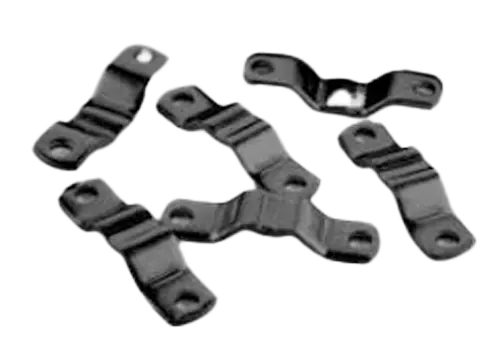
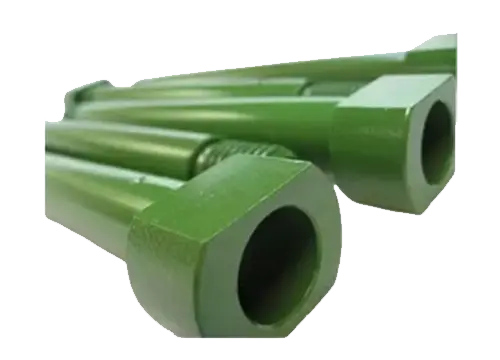
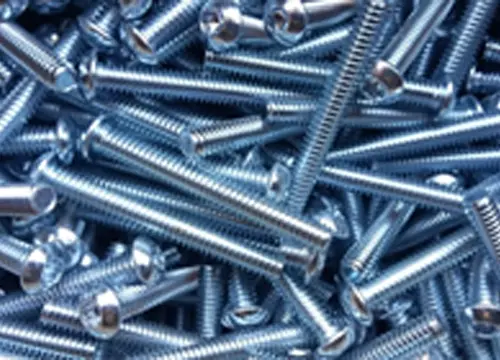
Zinc Nickel Plating

Since Zinc Nickel , provides superior anti-corrosion protection with a thinner coating than zinc plating alone, zinc-nickel has become the finish preferred for many industries with high-corrosion and high-performance requirements. It is a rapidly increasing aspect of the electroplating market, driven mostly by automotive industry requirements, but it is also gaining popularity in other industry sectors.
An acid or acidic plating solution can be used to achieve zinc nickel plating. One of the few suppliers who can provide Acid Zinc Nickel is Kaanjiram Electro Platters. The finished appearance is the key advantage of Acid Zinc Nickel over Alkaline. Whereas alkaline Zinc Nickel normally results in a monotonous matt finish, acidic Zinc Nickel can be polished to produce a mirrored chrome-like appearance.
Benefits
- Excellent corrosion and mechanical wear resistance
- The deposit is compact and consistent in thickness.
- It has a strong electrical conductivity.
- Compatible with a wide range of sealants and passivates, which can boost corrosion resistance while also providing a uniform-colored appearance.
- Acid Zinc Nickel has a more glossy and bright appearance than typical Alkaline Zinc Nickel.
Uses
Zinc nickel is widely used in a variety of industries, including automotive, defense, oil and gas, marine, and electronics. Because zinc-nickel serves as a sacrificial coating and corrodes before the underlying base material, it is frequently utilized in the automobile sector to give strong corrosion protection to numerous vehicle parts.
Zinc-nickel plating is also used in the electrical transmission industry due to its high electrical conductivity in the manufacture of anchors, coaxial cables, and cleat bolts. While the aerospace and military industries have embraced zinc-nickel plating as an environmentally preferable alternative to cadmium plating.
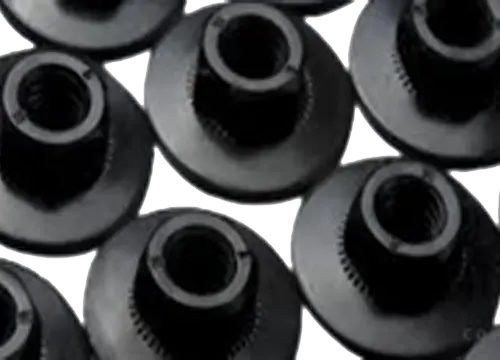
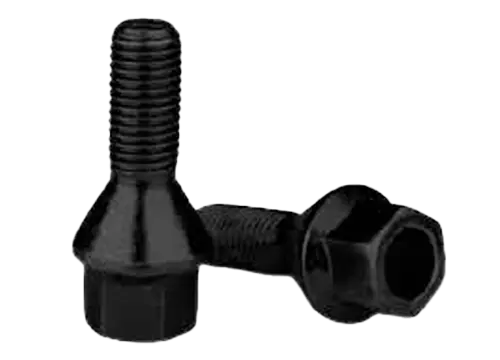

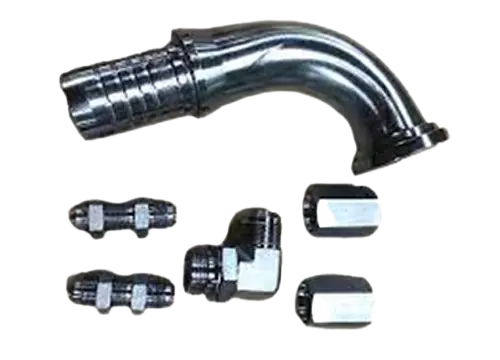
Some black passivates show a strong acid attack which can lead to a higher percentage of nickel concentration in the layer after passivation. The acid attack takes place on the surface of the zinc-nickel layer and nickel is enriched only on the surface instead of through the whole layer
Silver plating is a process in which other base metals are coated with a layer of silver. Silver plating provides several benefits. Due to the strength of silver, this type of coating offers excellent corrosion resistance to the base material and the product as a whole.
Furthermore, silver plating provides great solderability for small parts like kitchen utensils, but it also offers little electrical resistance making it perfect for all products that require an excellent finish and conductivity.
Zinc Cobalt Plating
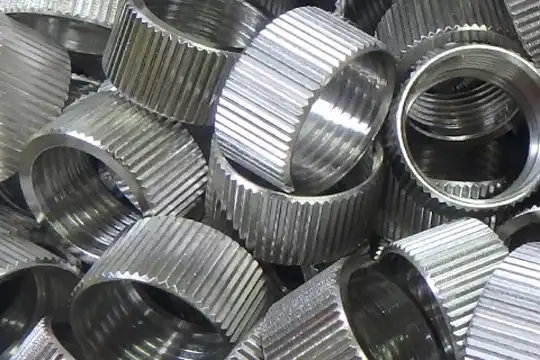
Zinc cobalt plating gives steel items a high-quality, long-lasting polish. The zinc coating protects the parts from wear and strain while also preventing corrosion and abrasion.
The Zinc Cobalt technique yields a robust, durable finish with good lubricity and significantly greater seizure resistance, which is particularly helpful for moving parts and threaded connections. Because of the lower toxicity of the procedure and the deposit, the coating is significantly safer than cadmium.
The ultimate effect of electroplating zinc and cobalt on the base metal is homogeneous ductility that can tolerate up to six times the corrosion resistance of ordinary zinc plating alone.
Benefits
- Zinc-cobalt plating is significantly more corrosion resistant than zinc plating alone.
- Combining the finish with a sealer can increase corrosion resistance even further.
- The finished elements are gleaming.
- Ductility
- Weldability
- Anti-friction
Uses
Because of its great corrosion resistance, zinc-cobalt is suited for use in the most harsh situations and is particularly in demand for use in lightweight electric vehicles.
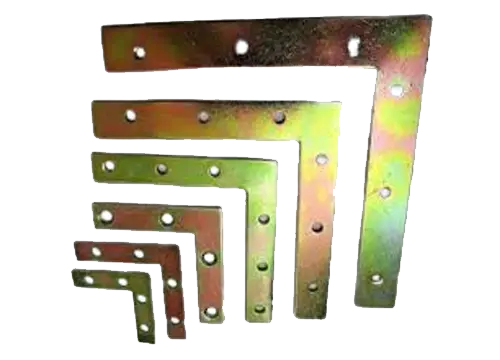

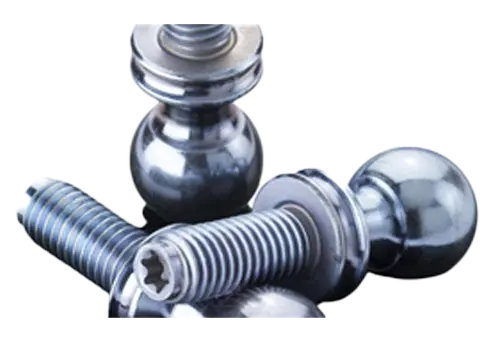
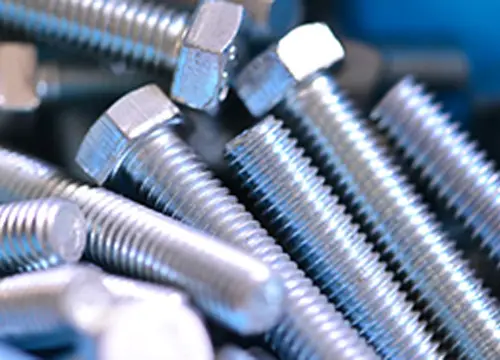
Some black passivates show a strong acid attack which can lead to a higher percentage of nickel concentration in the layer after passivation. The acid attack takes place on the surface of the zinc-nickel layer and nickel is enriched only on the surface instead of through the whole layer
Electroless Nickel Plating

Electroless plating is a method that deposits a coating onto a variety of substrates via an auto-catalytic chemical reaction. Electroless nickel-plated components have an outstanding mix of wear resistance, corrosion resistance, and chemical resistance.
Regardless of the complexity of a component's design, our electroless nickel plating service produces a very precise layer with no variation in plating depth across its whole surface. Electroless nickel plating is increasingly favoured over traditional electrolytic plating due to the homogeneity of its deposit.
Benefits
- Outstanding corrosion resistance.
- Outstanding wear and abrasion resistance.
- Excellent ductility, lubrity, and electrical characteristics.
- Extremely hard, especially when heat-treated.
- Excellent solderability.
- Even and consistent thickness, even in deep bores and recesses, as well as at corners and edges.
Uses
Electroless nickel plating are used to provide protection from wear and abrasion, resistance against corrosion, and add hardness to parts of all conditions. It's commonly used in coatings applications in engineering, aerospace, oil and gas, construction, electronics and several others.
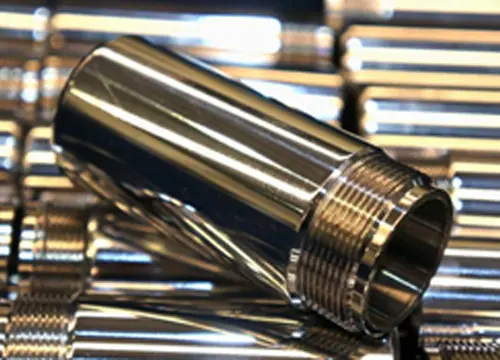
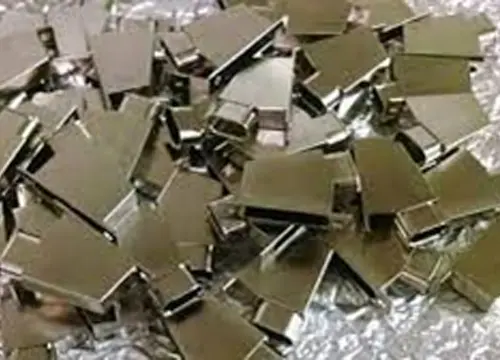
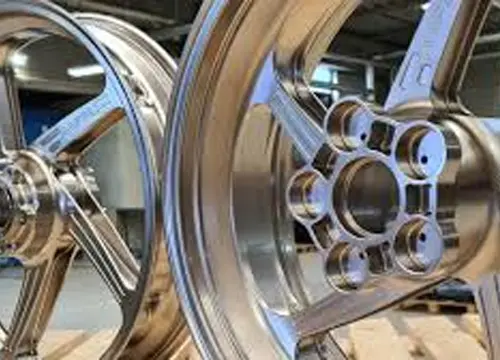

PTFE Coating
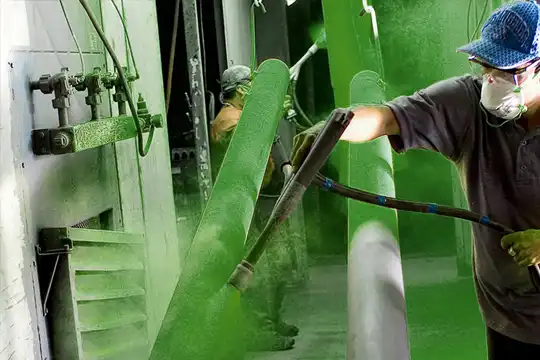
Polytetrafluoroethylene (PTFE) coatings are exceptional nonstick fluoropolymer coatings with a highly durable thin film covering. These materials feature the highest operating temperature of any fluoropolymer and an extremely low coefficient of friction, as well as good abrasion and chemical resistance. This coating is typically utilized in applications that require a smooth, low friction, corrosion-resistant coating. One of the most common applications for PTFE coatings is nonstick applications or any application that requires a food grade coating.
Benefits
- It also provides excellent electrical insulation and dielectric strength; is extremely weatherable and non-adhesive; is water resistant; offers high-temperature resistance and has the lowest coefficient of friction of any solid.
Uses
PTFE coatings are also used for non-stick in the packaging, heat sealing, moulding, automotive, aerospace, chemical and pharmaceutical industries.

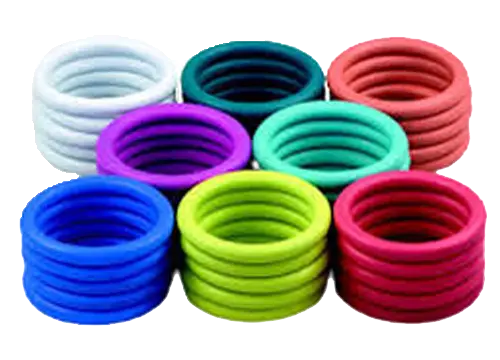
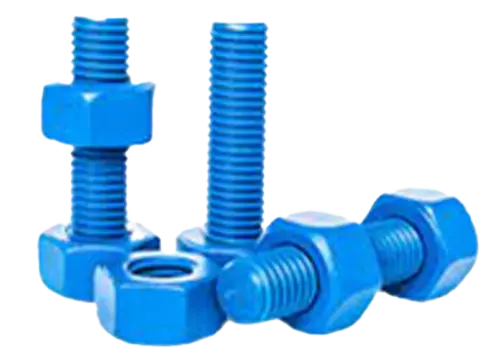
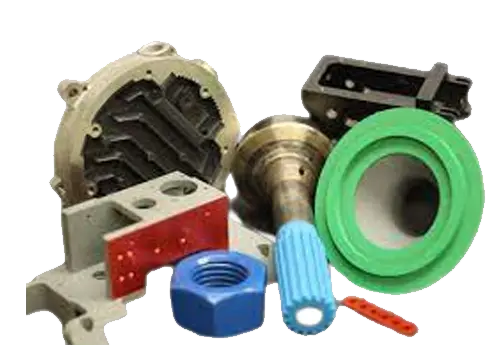
Cadmium Plating
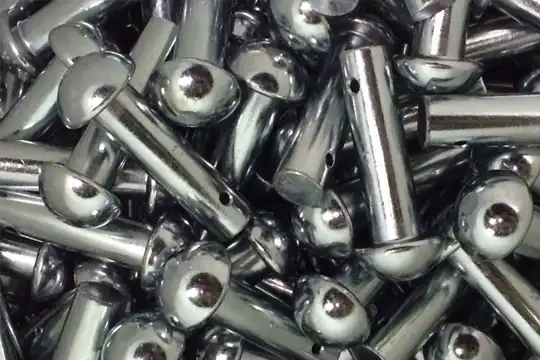
Cadmium plating is what's known as a sacrificial coating, meaning it corrodes and breaks down before the underlying material, adding a layer of protection to the metal below. Cadmium has a number of properties that set it apart as a coating material. Those properties include: High resistance to salt water corrosion.
Benefits
- Cadmium Plating offers various technical benefits that include low levels of galvanic corrosion when in contact with aluminum. It also provides corrosion resistance in aquatic environments. Cadmium plates surfaces are also resistant to mold and bacteria growth. It is pliant and can be soldered almost as well as tin.
Uses
Cadmium plating offers protection against salt water corrosion, making it highly valuable in marine applications.
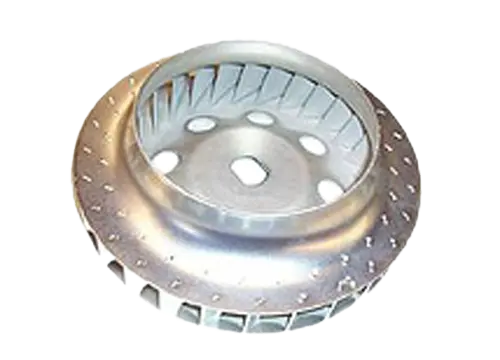
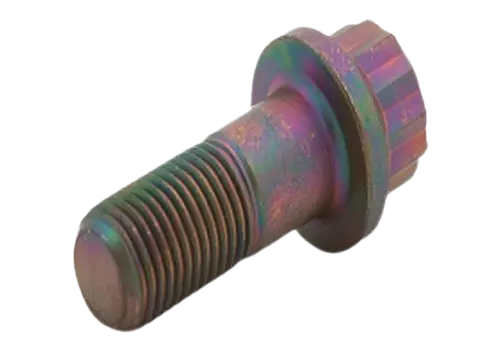
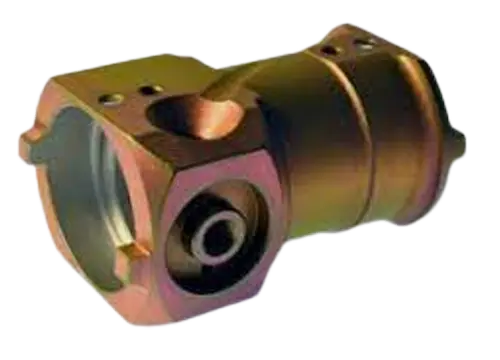
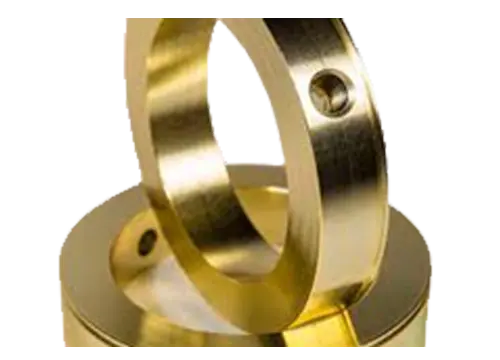
Copper Plating
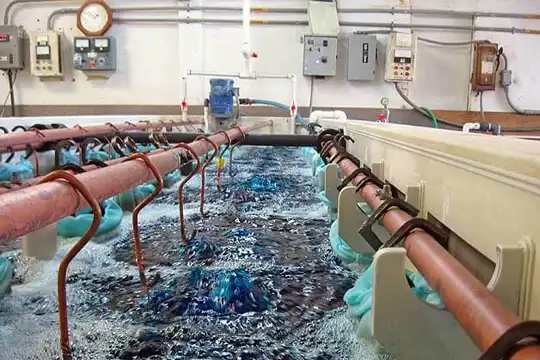
Copper plating is an electro-chemical process, in which a layer of copper is deposited on the metallic surface of a solid through the use of electric current. Copper plating is an important process because: It provides valuable corrosion protection. It improves wear resistance of the surface.
Benefits
- Copper plating offers a variety of benefits due to its malleability, conductivity, corrosion resistance, lubricious and anti-bacterial qualities. Copper plating can also be used as part of a dual system thanks to its compatibility with additional plating and coating processes.
Uses
Many industries rely on copper electroplating for their electrical, industrial and heating applications due to the material's conductivity and thermal properties. Copper electroplating can also be used as an undercoat before applying other coatings or as a treatment for surfaces before soldering.
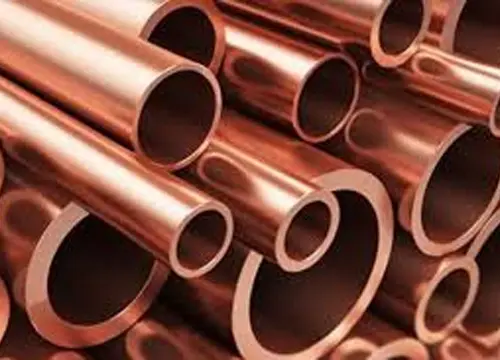
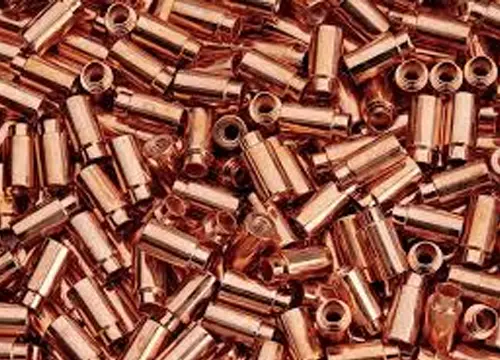

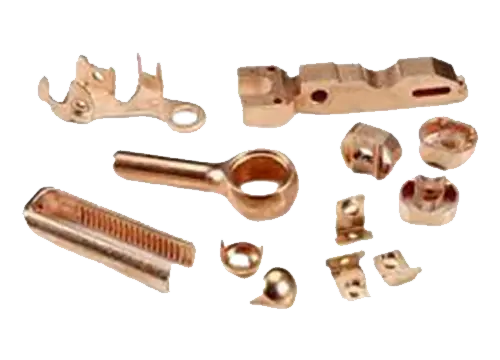
Chemical Passivation
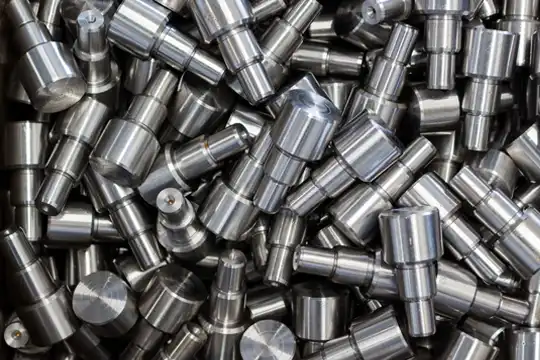
Passivation is the loss of chemical reactivity experienced by certain metals and metal alloys under particular environmental conditions. In stainless steel, the passivation process uses nitric acid or citric acid to remove free iron from the surface. The chemical treatment leads to a protective oxide layer, or passivation film, that is less likely to chemically react with air and cause corrosion. Passivated stainless steel resists rust. Passivation is necessary to remove these embedded contaminants and return the part to its original corrosion specifications. Though passivation can improve the corrosion resistance of certain stainless steel alloys, it does not eliminate imperfections like micro cracks, burrs, heat tint and oxide scale.
Buffing & Polishing
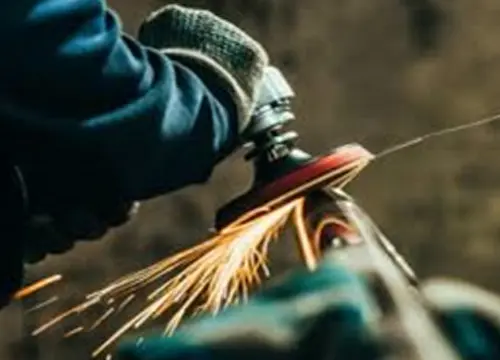
Polishing and buffing are finishing processes for smoothing a workpiece's surface using an abrasive and a work wheel or a leather strop. Technically, polishing refers to processes that uses an abrasive that is glued to the work wheel, while buffing uses a loose abrasive applied to the work wheel.
Buffing is used to remove small surface irregularities. The process is done in stages from course to fine with the intent of making the metal surface almost perfectly smooth by removing very small amounts of metal. The buffing compound grits are very fine and may not be easily distinguished by touch.
